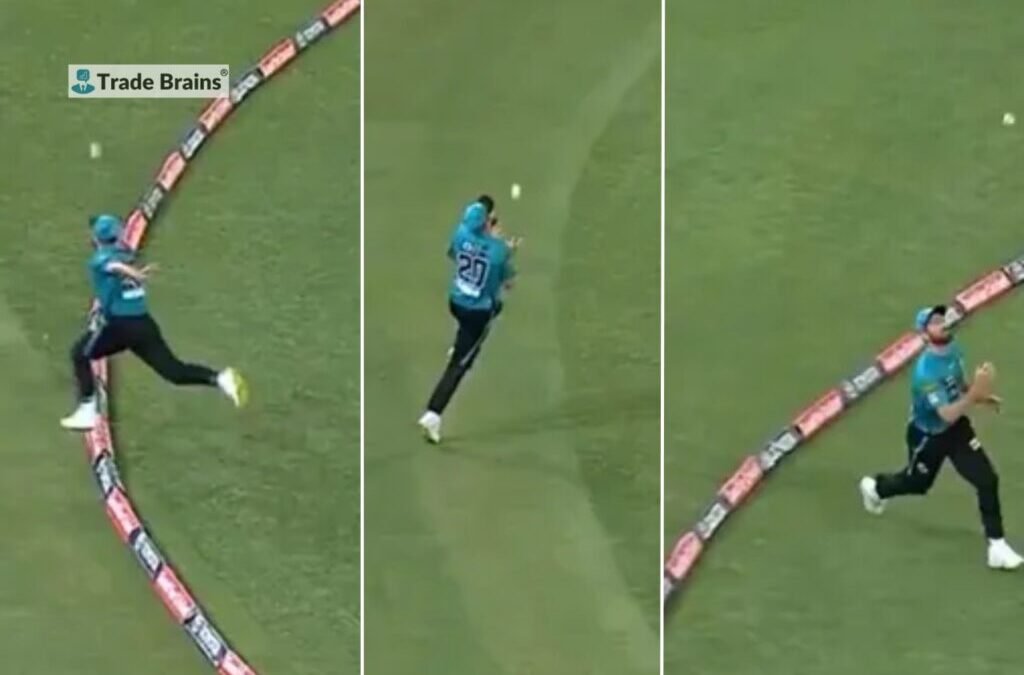Cricket is a game that depends on tradition and innovation, a game governed by laws that are reviewed to make sure it’s played in a fair and clear manner. The Marylebone Cricket Club (MCC) – the keeper of cricket’s rules – made an important change in 2025 to define how boundary catches are adjudicated.
This change specifically assesses boundary catches regarding the exciting, albeit sometimes debated, “bunny hop” catches and relay efforts at or near the boundary ropes. This new law is simply designed to be more concise, eliminate ambiguity, and make sure that the brilliance of fielding is matched with the fairness both fielders and batsmen enjoy.
What Changed?
Old Rule: Fielders could jump from inside the field, touch the ball multiple times in the air outside the boundary (as long as they didn’t touch the ground outside), and then complete the catch inside the field. This led to spectacular but sometimes controversial “bunny hop” catches.
New Rule: Now, a fielder who is airborne outside the boundary can only touch the ball once while outside. Prior to making that single touch, the fielder has to land inside the field and stay inside for the rest of that ball. If they land outside the field after touching the ball, or touch the ball more than once after having already landed outside, it will be counted as a boundary (and runs are awarded to the batsman).
For better understanding watch the video
What About Team Catches (Relay Catches)?
Old Rule: In relay catches (where one fielder catches and throws the ball to another before going over the boundary), both fielders could juggle the ball in the air outside, as long as they didn’t touch the ground outside.
New Rule: The first fielder to touch the ball must be inside the field when the catch is completed, either by that fielder or a teammate. If the first fielder lands outside the field before the catch is completed, it will be counted as a boundary.
Also read: Top 7 Richest Sports Leagues in the World Ranked by Revenue (2025 Update)
Example: One Fielder
Scenario 1: The fielder has so much momentum when jumping from inside the boundary wall that they only touch the ball once while in the air outside of it; they then land inside the field to complete a catch – Outcome: This catch is considered legal.
Scenario 2: A single jump from bounds, touching the ball outside once, touching it twice outside, then landing inside – Result: Illegal; it counts as a boundary.
Example 2: Relay Catch (Team Catch)
Scenario 1: Fielder A, catches the ball just inside the boundary, before throwing it to fielder B, and then goes over the rope. Fielder B, catches the ball inside the boundary – Result: Legal as long as fielder A lands outside the boundary scene after fielder B makes the catch. .
Scenario 2: Fielder A makes the catch, throws it to fielder B, but then loses balance and lands outside the boundary before fielder B completes a catch – Result: Illegal – boundary.
Why the Change?
The rule was changed to make boundary catches fairer and less confusing. Spectacular “bunny hop” or relay catches (like Michael Neser’s famous BBL 2023 catch) are no longer allowed if they involve multiple touches or landings outside the boundary.
Summary
Now, fielders can only touch the ball once while airborne outside the boundary, and must land inside to complete the catch. If they touch the ball more than once or land outside, it’s a boundary. This applies to relay catches as well.
Written By Smita Singh
The post New MCC Boundary Catch Rule Explained: What’s Legal & What’s Not in 2025 appeared first on Trade Brains.

